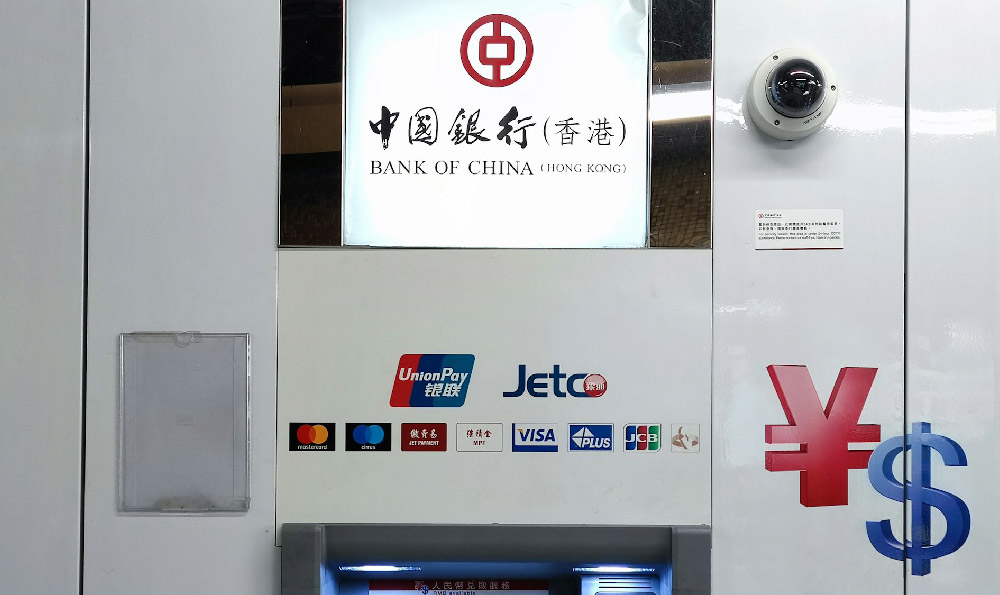
Keepbit, like any cryptocurrency exchange, operates in a complex landscape where security is paramount. The question of whether Keepbit's user asset segregation is secure, and what measures it employs to ensure user fund protection, are crucial considerations for anyone entrusting their digital assets to the platform. A thorough analysis necessitates understanding the principles of asset segregation, the specific safeguards Keepbit claims to have in place, and an objective assessment of their effectiveness.
Asset segregation, at its core, is a risk management technique designed to protect user funds in the event of exchange insolvency, hacking, or internal malfeasance. The principle dictates that user assets are held separately from the exchange's operational funds. This means that if Keepbit were to face financial difficulties, creditors would not be able to lay claim to the segregated user funds. This separation ideally prevents a “bail-in” scenario, where user assets are used to cover the exchange’s debts.
However, the mere claim of asset segregation isn't enough; the devil is in the details. The security of this segregation depends heavily on the specific implementation. We need to delve into Keepbit's stated practices to understand the reality behind the claim.

One of the primary methods of asset segregation is through cold storage. Cold storage refers to holding the majority of user funds offline, disconnected from the internet. This significantly reduces the risk of hacking, as attackers would need to physically access the storage devices. Keepbit should ideally provide verifiable proof of their cold storage practices, including the percentage of assets held offline and the security protocols surrounding the storage facilities. Audits by reputable third-party security firms are essential to confirm the effectiveness of these protocols. The audit reports should ideally be publicly available or readily accessible to users upon request.
Beyond cold storage, hot wallets – online wallets used for facilitating withdrawals and deposits – are also vulnerable. To mitigate this risk, Keepbit should implement multi-signature (multi-sig) technology. Multi-sig wallets require multiple authorized individuals to approve transactions, preventing a single point of failure. Even if one key is compromised, the funds remain secure. The number of required signatures and the geographical distribution of the key holders are important considerations. A higher number of signatures and diverse geographical locations enhance security.
Another critical aspect is the implementation of robust KYC (Know Your Customer) and AML (Anti-Money Laundering) procedures. While these measures are primarily designed to prevent illicit activities, they also indirectly contribute to security by deterring malicious actors and making it more difficult for them to move stolen funds. Stringent KYC and AML protocols also enhance Keepbit’s reputation and build trust with users.
Furthermore, Keepbit should have comprehensive insurance coverage in place to protect user funds against unforeseen events like hacking or theft. The terms of the insurance policy, including the coverage amount, exclusions, and claims process, should be transparent and easily accessible to users. It’s important to understand that insurance may not cover all losses, and there are often limitations and conditions attached to the coverage.
Regular security audits are indispensable. These audits, conducted by independent and reputable cybersecurity firms, should assess the exchange's entire infrastructure, including its cold storage practices, hot wallet security, internal controls, and vulnerability to various attack vectors. The findings of these audits should be used to continuously improve security protocols and address any identified weaknesses.
Beyond technical safeguards, internal controls and employee training play a crucial role. Keepbit should have clear policies and procedures in place to prevent insider threats and ensure that employees are properly trained on security best practices. Background checks for employees with access to sensitive data are also essential.
While Keepbit might assert that its user asset segregation is secure, users should remain vigilant and conduct their own due diligence. This includes researching the exchange's security practices, reviewing its terms of service, and understanding the risks involved in storing funds on any centralized exchange. Diversification of holdings across multiple exchanges and hardware wallets can further mitigate risk.
Ultimately, the security of user asset segregation is not a binary question; it's a spectrum. No system is entirely foolproof, and the risk of loss always exists. However, by implementing robust security measures, adhering to industry best practices, and maintaining transparency, Keepbit can significantly reduce the likelihood of a security breach and protect user funds. Users should continually monitor Keepbit's security track record and any reported vulnerabilities to make informed decisions about where to store their cryptocurrency. The pursuit of enhanced security is a never-ending process, requiring constant adaptation and improvement in the face of evolving threats. Relying solely on the exchange's claims without independent verification is unwise; a healthy dose of skepticism and proactive risk management are essential for responsible cryptocurrency investing.





